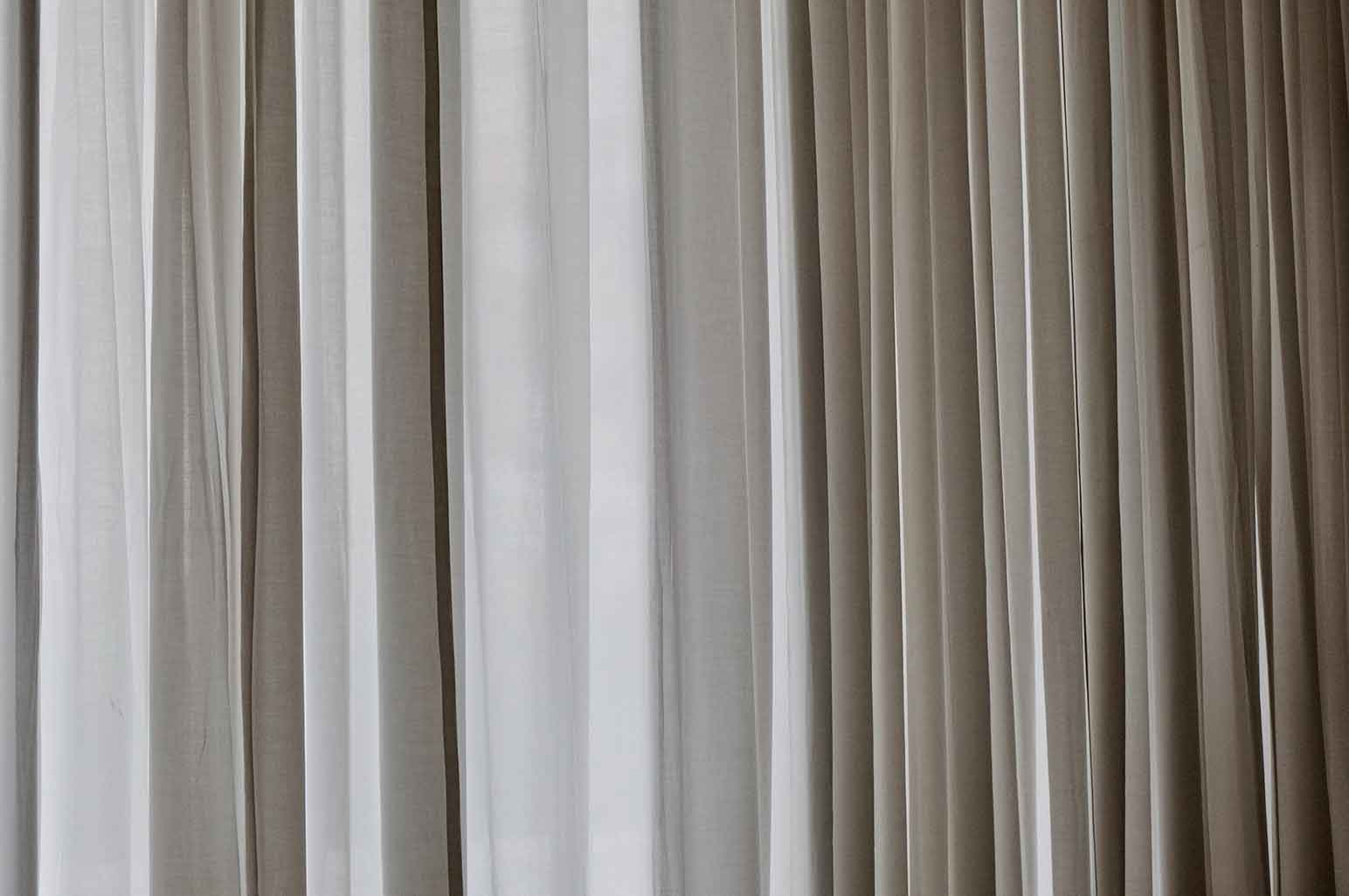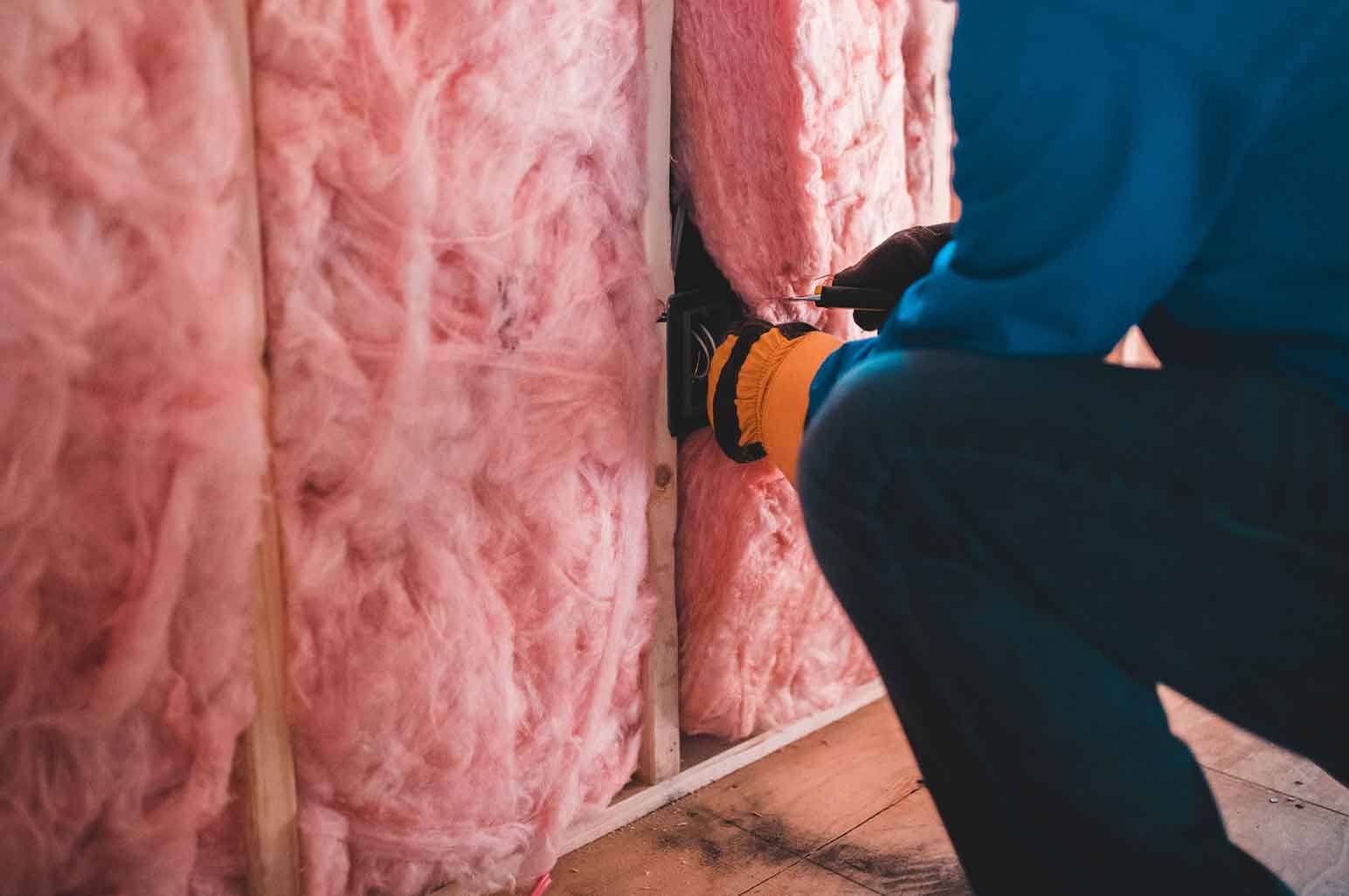
Although many months have passed since the COVID-19 outbreak first started, many people are still working from home today due to the ongoing pandemic. Since the environment in the office can be entirely different from your own house, you’ll have to make some compromises to avoid the distracting noise. However, if that’s not an option, there are some methods that can help you soundproof your home office or any room you choose. Here are some tips to help you do this.

Weatherstripping
Unless you have previously soundproofed your walls, nothing will keep the noise out of your room, and your online meetings by extension. However, you can solve this by installing an adhesive perimeter (weatherstripping). If you don’t already know what that is, weatherstrippings are seals that can be applied to the door frame, including the bottom of the door, leaving no chance for outside noise to seep into your room. However, if background noise is still audible, you can turn on a fan to raise the background noise, making household noises less audible during an important meeting or conference call.
Double Pane Windows
Double pane windows are an excellent addition to any soundproof room. A double pane window with argon gas is 10 times denser than dead air, so it will do an even better job at keeping all noise from entering the room. But, if that doesn’t work, offset glass should seal the noise away effectively. You can opt for laminated glass if you live on a busy street where the traffic tends to be extremely loud. Make sure that you seal the windows with weatherstrippings no matter what type of glass you choose. Weatherstripping is also useful for sealing all cracks and preventing chilly air from drifting in at night.
Soundproofing Curtains
Another good way of keeping outside noise out is by investing in good soundproofing curtains. While they might lack some of the features of other curtains, these curtains are some of the best items you can get when trying to effectively soundproof a room. If the sound of the garbage truck or the barking of the neighbor’s dog always wakes you up too early, soundproofing curtains will help you sleep like a baby by preventing external sound waves from filing into your room. Additionally, they can be pretty stylish, which means that you’ll have a variety of options to choose from.

Door Sweeps
Door sweeps are a good way of soundproofing a room, especially if you don’t know how to use weatherstrippings. Most noise actually gets in right from under the door. Installing a door sweep will keep air and sound waves from coming in and disturbing your peace. The best thing about door sweeps is they’re cheap, easy to install, and can be highly durable, which is why they’re one of the most important upgrades to soundproof a room. In some cases, noise can still get in, even when you use weatherstripping and a door sweep. This usually happens if your door has a hollow core, and in that case, you’ll have to replace it with one made of solid wood instead.
Acoustic Foam
If you want to add a studio vibe to your room or office, acoustic foam should help you with that. If you know how to arrange colors and patterns of acoustic foam, you might actually add an interesting artistic touch to the room, all while soundproofing it as well. Note that acoustic foam might not be effective against extremely loud noises, as it can only absorb sound, not block it. It only absorbs inner noise, not outer sounds, which makes it a great solution if you want to watch TV, listen to music, or have a conference call in the middle of the night.
Cellulose or Mineral Wool Insulation
If you’re planning to soundproof your walls, you might want to fill them with cellulose to dampen the noise. Make sure that there are no fire blocks and drill a set of quarter-sized holes at the bottom of the wall where it can be easily plugged. After that, use a cellulose-based product; these products are usually ground-up and easier to use. You can hide the holes with mudding and paint. Make sure to drill a hole every sixteen inches to create an air-tight seal. Another way to go about this is to remove the inner wall and install mineral wool to the entire length of it, then add new drywall to replace the removed material.

Soundproofing a room might seem like an impossible task, especially if you live on a busy street or in a crowded home, but it’s certainly doable with the right tools and knowledge. Some people prefer to put their DIY skills to the test and soundproof their room on a structural level. If you’re considering this, make sure to speak with a soundproofing professional first to know how you can execute this project correctly.
